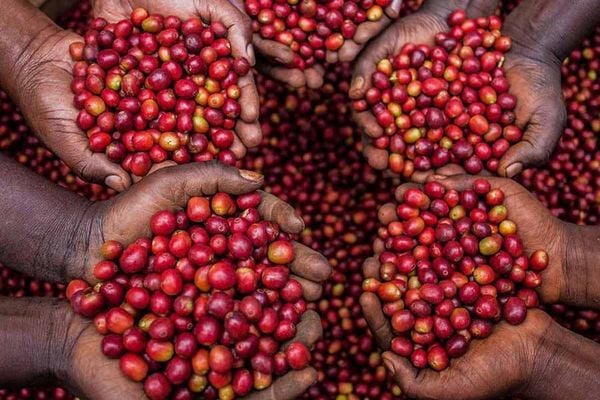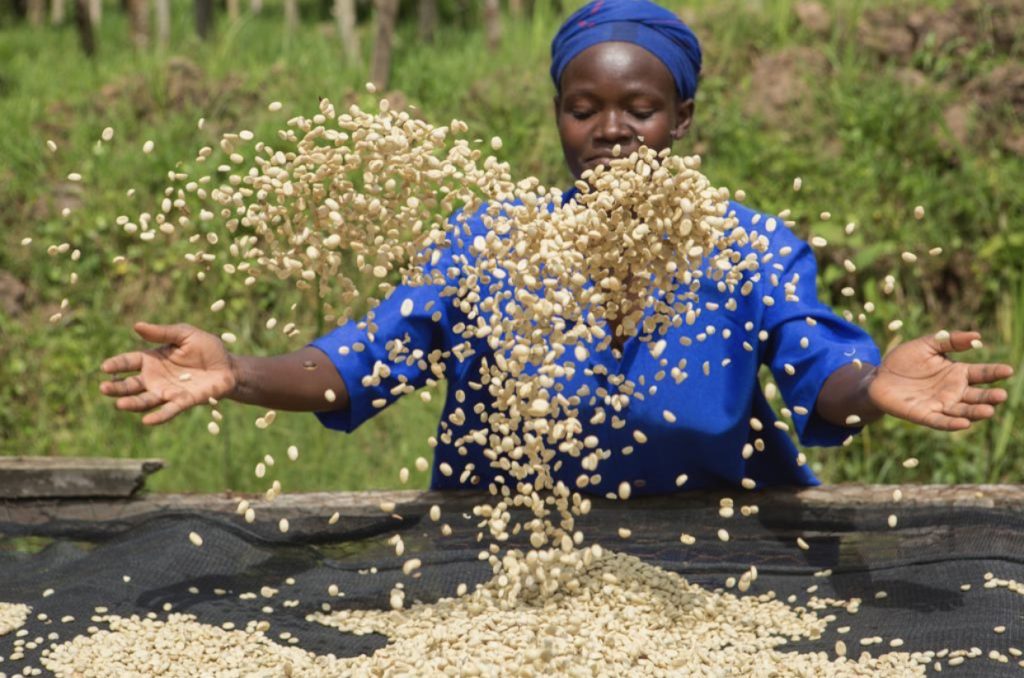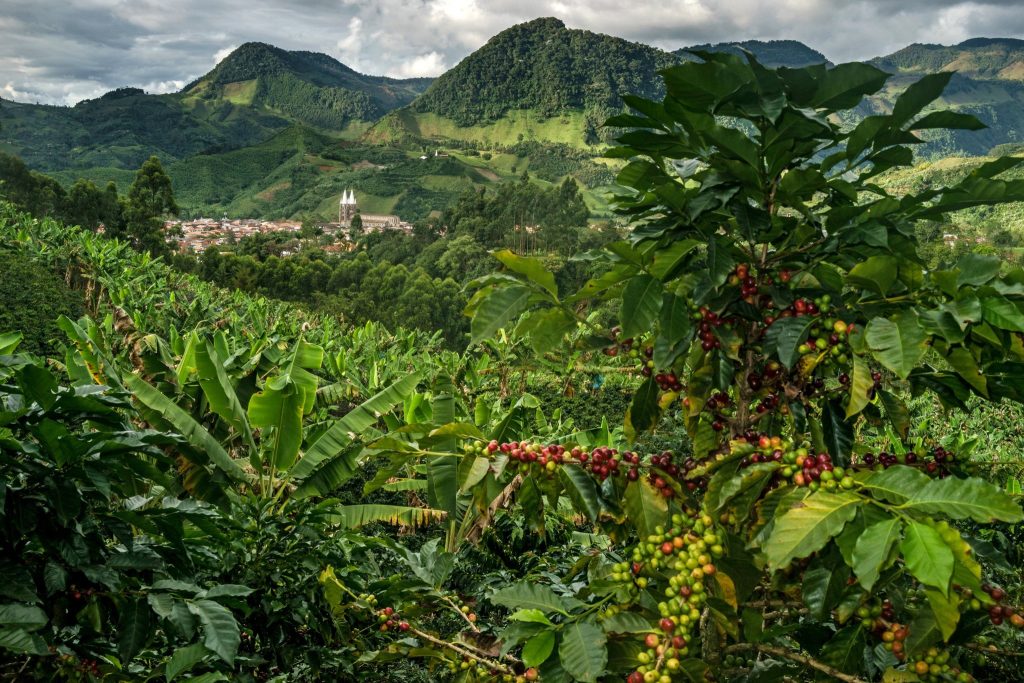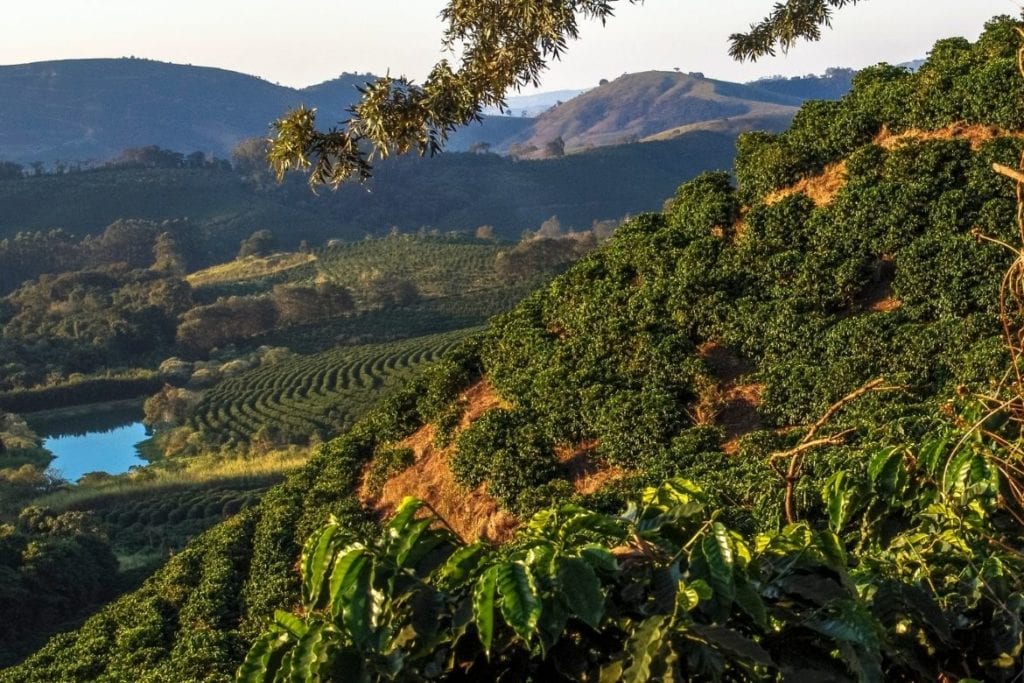Coffee beans is an art form. The taste of coffee is influenced by various factors, but altitude and growing region are two of the most crucial. In this article, we will explore how altitude and different coffee-growing regions impact coffee flavor and bean structure. We’ll also compare famous coffee-growing regions worldwide, including Ethiopia, Colombia, and Brazil.
How Altitude Affects Coffee Beans Development

Altitude plays a major role in determining the growth of coffee beans and the eventual taste of the beans they produce.
- High Altitude (Above 1200 meters): Coffee beans grown at higher altitudes develops more slowly due to lower temperatures and reduced oxygen levels. This slower growth allows the beans to accumulate more nutrients, resulting in complex flavors with high acidity and a lingering aftertaste. These beans are highly sought after for their vibrant and multifaceted flavor profiles.
- Mid-Altitude (600–1200 meters): Coffee beans grown at this altitude mature more quickly than those at higher altitudes. They typically have balanced flavors with moderate acidity and sweetness, offering a well-rounded cup that many coffee lovers appreciate for its smoothness.
- Low Altitude (Below 600 meters): Coffee beans grown in lower altitudes tend to mature faster, resulting in a less complex flavor profile with lower acidity. However, these beans often have a rich body and a bold aftertaste, making them ideal for those who enjoy stronger, more intense coffee.
Impact on Coffee Flavor

Altitude not only affects how quickly coffee beans mature but also directly influences specific flavor components, such as acidity, sweetness, and aroma.
- Acidity: Higher altitude beans usually have higher acidity, providing a bright and sharp taste that enhances the coffee’s freshness.
- Sweetness: Coffee beans grown at high altitudes tend to develop natural sugars during their slow maturation process, leading to a sweeter, more pleasant finish.
- Aroma: High-altitude coffee often features complex aromas with floral, fruity, and spicy notes, adding layers of intrigue to every cup.
How Coffee Growing Regions Impact Flavor
Each coffee-growing region brings its unique combination of soil, climate, and agricultural practices, leading to distinct flavors in the beans. Let’s take a closer look at three of the most famous coffee-growing regions in the world: Ethiopia, Colombia, and Brazil.
Ethiopia: The Birthplace of Coffee

Ethiopia is renowned as the origin of Arabica coffee and is home to some of the finest coffee varieties in the world. The country boasts several prominent coffee-growing regions, each with its unique flavor profile.
- Yirgacheffe: This region produces some of the most well-known and sought-after Ethiopian coffees. Coffee from Yirgacheffe is characterized by floral and fruity notes, with a lemony acidity and light body. It’s the perfect choice for those who enjoy a bright and lively cup of coffee.
- Sidamo: Sidamo coffee is prized for its complex flavor, featuring hints of fruit, honey, and chocolate. It has a medium body and a sweet aftertaste that leaves a lasting impression on the palate.
- Harrar: Known for its wild and bold flavors, Harrar coffee beans is often described as having fruity notes of red berries, strawberries, and dark chocolate, with a full body and a long-lasting finish.
Colombia: A World Leader in Arabica Coffee Beans

Colombia is one of the world’s top producers of Arabica coffee, with a reputation for high-quality beans grown in diverse regions across the country. Coffee beans from Colombia is often noted for its well-balanced flavor, combining sweetness, acidity, and richness.
- Huila: Coffee beans from the Huila region offers fruity notes with hints of citrus and chocolate. It has a mild acidity and a sweet finish, making it an ideal choice for coffee drinkers who prefer a balanced and smooth cup.
- Tolima: Tolima coffee beans is famous for its balanced flavor with tropical fruit, honey, and caramel undertones. It has moderate acidity and a smooth body, creating a delightful drinking experience.
- Antioquia: Coffee from Antioquia offers a robust flavor profile with notes of chocolate, nuts, and subtle spices. It has a strong body and a lingering finish, making it an excellent option for those who enjoy a rich and flavorful coffee.
Brazil: The World’s Largest Coffee Beans Produce

As the largest coffee producer globally, Brazil is known for its vast coffee plantations and diverse coffee-growing regions. Brazilian coffee is typically recognized for its nutty, chocolatey flavors and lower acidity.
- Minas Gerais: The Minas Gerais region is Brazil’s largest coffee-producing area. Coffee from this region typically has nutty and chocolatey flavors with caramel undertones. It has a low acidity and a full body, making it a favorite among those who prefer a milder, richer cup of coffee.
- São Paulo: São Paulo coffee offers a diverse flavor profile with notes of almonds, honey, and spices. It has a medium body and a sweet finish, providing a balanced and satisfying coffee experience.
- Espírito Santo: Espírito Santo is known for producing lighter coffees with fruity, floral, and honey-like notes. The coffee from this region tends to have high acidity and a light body, perfect for those who enjoy a refreshing and delicate brew.
Comparing Famous Coffee Beans-Growing Regions
| Region | Flavor Characteristics | Altitude | Acidity | Body |
|---|---|---|---|---|
| Ethiopia | Floral, fruity, lemon, honey, chocolate, red berries | 1500–2200 meters | High | Light to medium |
| Colombia | Fruits, citrus, chocolate, honey, caramel, tropical fruits | 1200–2000 meters | Medium to high | Medium |
| Brazil | Nuts, chocolate, caramel, almonds, honey, floral | 800–1300 meters | Low to medium | Full |
Conclusion
Altitude and growing region play vital roles in shaping the flavor and structure of coffee beans. Coffee beans grown at higher altitudes tends to have more complex flavors, high acidity, and a lingering finish, while coffee from lower altitudes typically offers a stronger, fuller-bodied taste. Understanding how altitude and the region influence coffee flavors allows consumers to choose and appreciate their coffee in a more informed and refined manner.
From the bright and floral notes of Ethiopian Yirgacheffe to the balanced sweetness of Colombian Huila and the rich, nutty flavors of Brazilian Minas Gerais, the diversity of coffee is truly astounding. By exploring these growing regions, coffee lovers can savor the full spectrum of flavors that the world of coffee has to offer.
